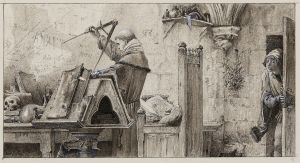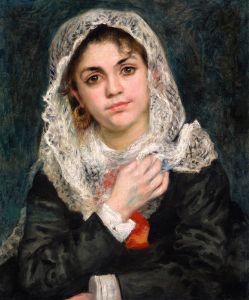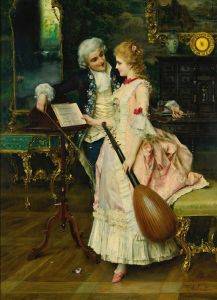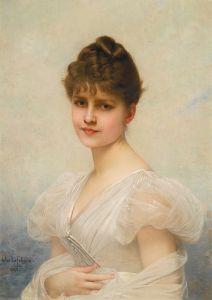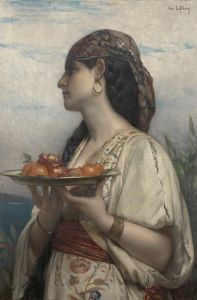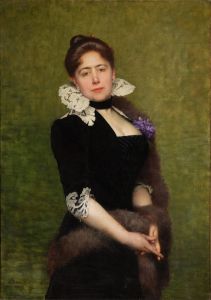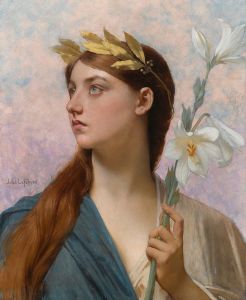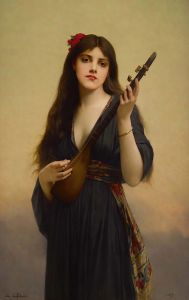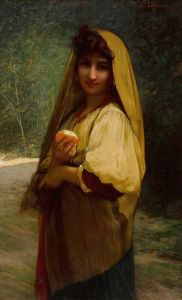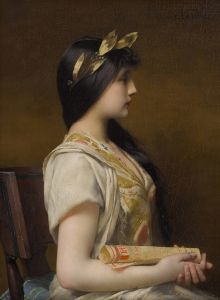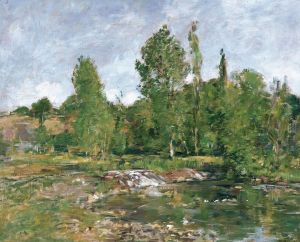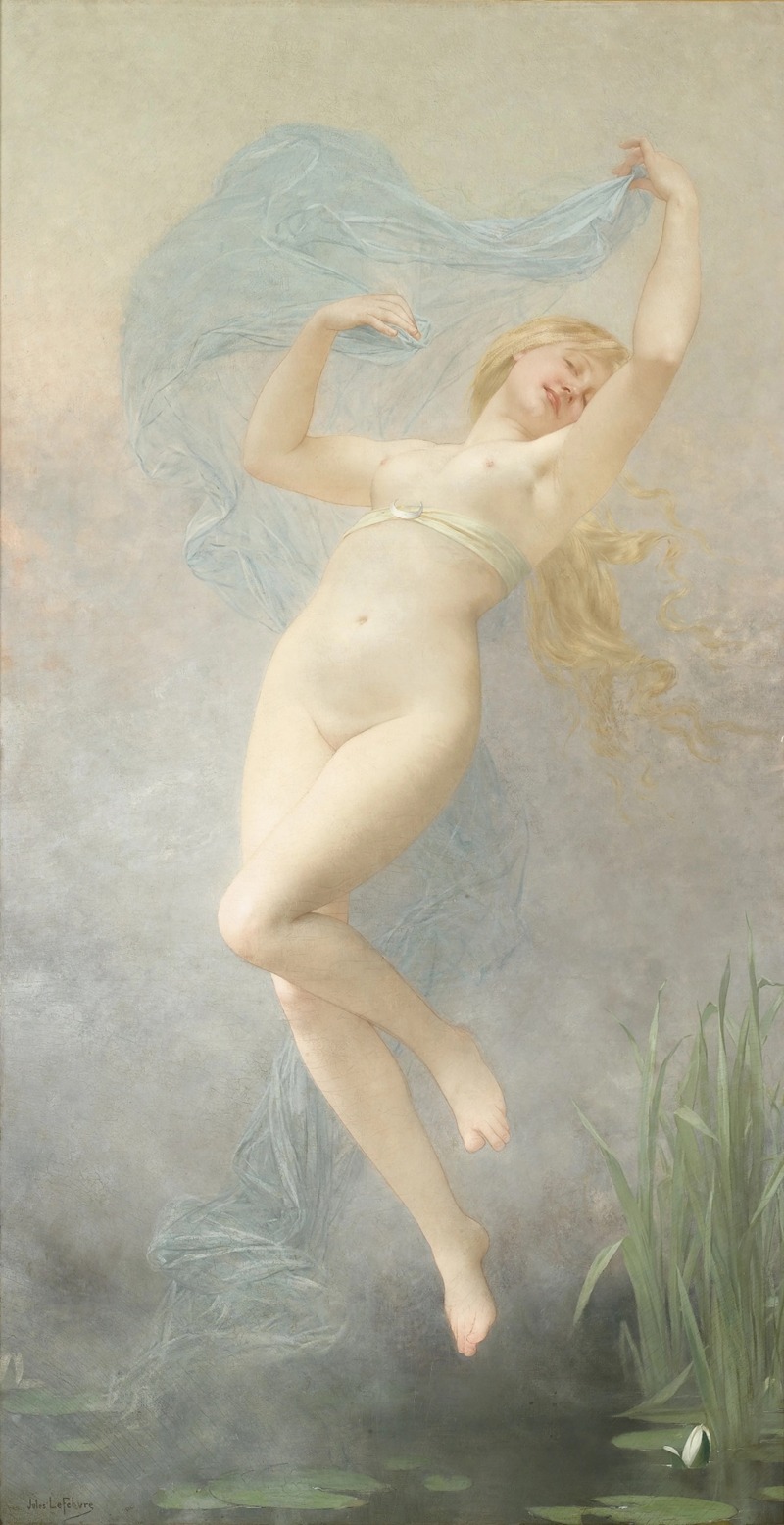
L’Aurore
A hand-painted replica of Jules Joseph Lefebvre’s masterpiece L’Aurore, meticulously crafted by professional artists to capture the true essence of the original. Each piece is created with museum-quality canvas and rare mineral pigments, carefully painted by experienced artists with delicate brushstrokes and rich, layered colors to perfectly recreate the texture of the original artwork. Unlike machine-printed reproductions, this hand-painted version brings the painting to life, infused with the artist’s emotions and skill in every stroke. Whether for personal collection or home decoration, it instantly elevates the artistic atmosphere of any space.
Jules Joseph Lefebvre's painting L’Aurore (translated as The Dawn) is a celebrated work by the French academic painter, known for his mastery of the human form and his contributions to 19th-century academic art. Lefebvre, born in 1836 and active during the height of the French Academic tradition, was renowned for his portraits and allegorical works, often depicting idealized female figures. L’Aurore is one such example, embodying the artist's technical skill and his focus on classical themes.
The painting, completed in 1881, portrays a female figure personifying dawn. She is depicted as a youthful and radiant woman, a common motif in allegorical art of the period, symbolizing renewal and the beginning of a new day. The figure is rendered with meticulous attention to anatomical detail, a hallmark of Lefebvre's academic training at the École des Beaux-Arts in Paris. Her pose and expression convey a sense of serenity and grace, while the soft, luminous palette enhances the ethereal quality of the composition.
L’Aurore was exhibited at the Paris Salon, the prestigious annual art exhibition that played a central role in the careers of many 19th-century artists. Lefebvre was a regular participant in the Salon, where his works were often met with critical acclaim. His ability to combine technical precision with poetic subject matter made him a prominent figure in the academic art world.
The painting reflects the influence of classical ideals and the Romantic fascination with nature and mythology, which were prevalent in Lefebvre's time. The allegorical representation of dawn aligns with the broader tradition of personifying natural phenomena as human figures, a practice rooted in ancient art and literature.
Today, L’Aurore is recognized as a quintessential example of Lefebvre's oeuvre and of the academic style that dominated French art in the late 19th century. The painting is housed in the Musée d'Orsay in Paris, which holds an extensive collection of works from the period. It continues to be admired for its technical excellence and its embodiment of the artistic ideals of its time.
Jules Joseph Lefebvre's legacy as an artist is closely tied to his ability to capture the beauty and idealism of the human form, as exemplified in L’Aurore. The painting remains a testament to his skill and his contribution to the tradition of academic art.





